Water damage can wreak havoc on a property, compromising structures and fostering harmful mold growth if not promptly addressed. Effective drying is always needed for water damage restoration, and using heat is one of the most efficient ways to tackle the issue. Heat drying for water damage speeds up evaporation and enhances the restoration process’s effectiveness.
How Heat Drying for Water Damage Accelerates the Process
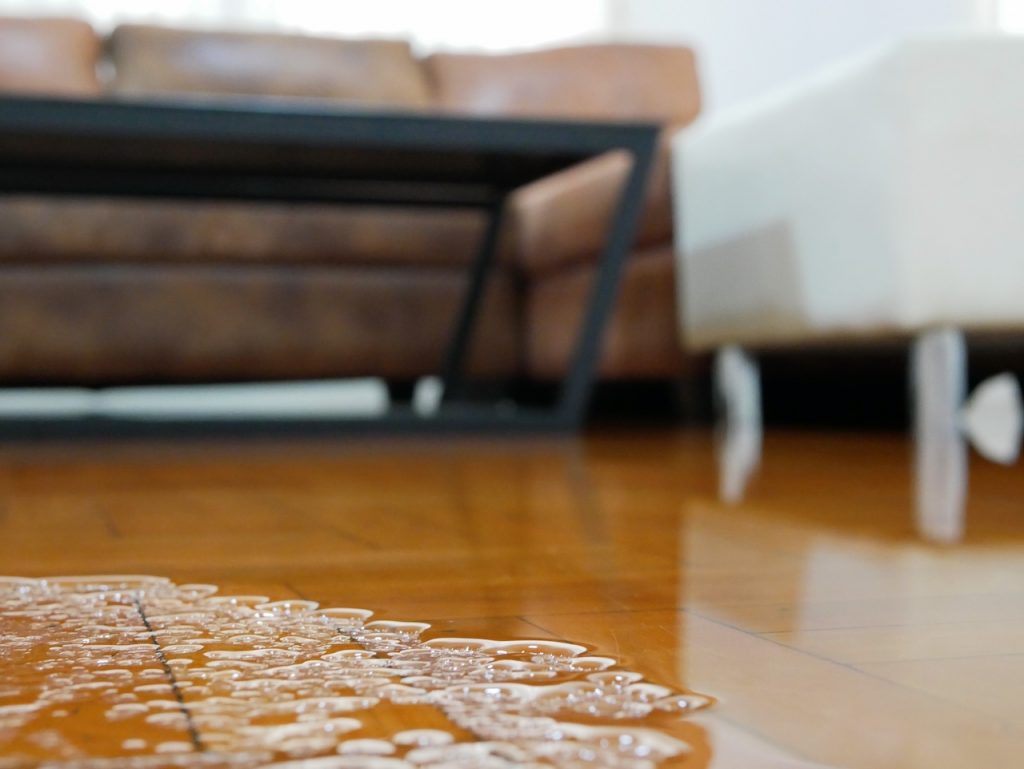
Water damage restoration often requires quick action, and heat drying can significantly expedite this process.
When heat is applied, it raises the temperature of the affected surfaces, causing moisture to evaporate faster. This accelerated evaporation helps prevent mold and mildew, both of which thrive in damp environments. But how exactly does heat drying work?
When water damage occurs, moisture can seep deep into walls, floors, and structural materials. Regular drying methods may not reach these hidden pockets, prolonging the drying time. Heat drying, however, penetrates deeper, causing water to vaporize and move toward the surface. Once moisture is brought to the surface, it can be captured and removed using specialized equipment like dehumidifiers, reducing the overall drying time from days to hours in some cases.
Equipment Commonly Used for Heat Drying
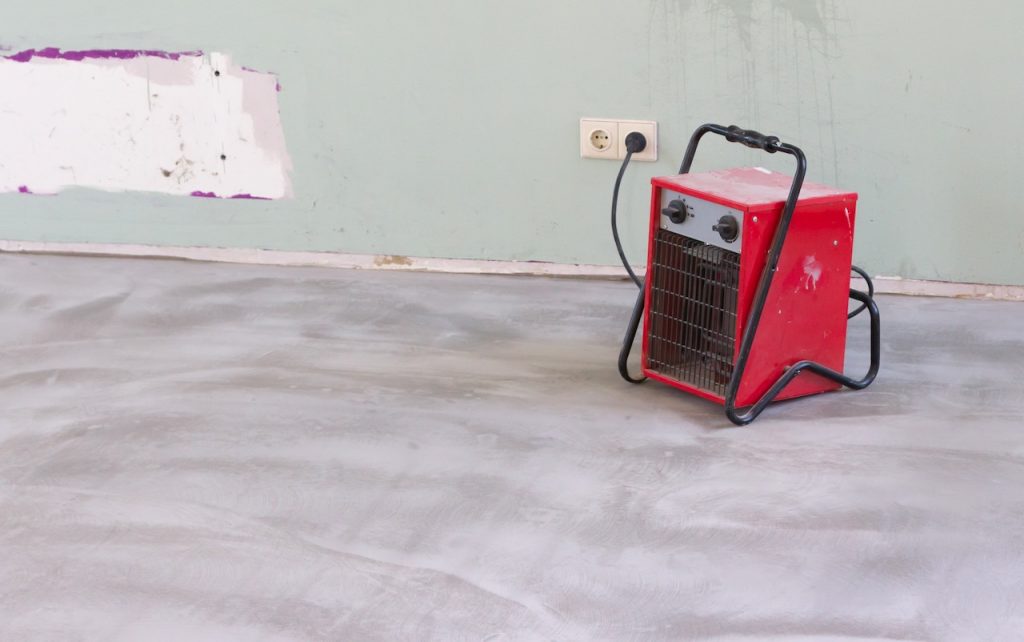
Heat drying requires specialized equipment designed for water damage restoration to achieve optimal results.
Below are some commonly used heat-drying tools:
- Direct-Fired Heaters: Direct-fired heaters are among the most efficient tools for water damage heat drying. They use fuel, like propane or natural gas, to produce heat, which is then directed toward the affected area. Direct-fired heaters increase the ambient air temperature and effectively warm up wet surfaces, allowing moisture to evaporate faster.
- Indirect-Fired Heaters: While similar to direct-fired heaters, indirect-fired heaters are safer for indoor use as they do not release combustion gases into the air. These heaters are often used in smaller, confined spaces where direct-fired heaters may not be suitable. By heating the air indirectly, they ensure that warm, clean air circulates throughout the damaged area, helping to dry out hard-to-reach spaces.
- Infrared Heaters: Infrared heaters provide targeted heat, which is ideal for drying specific areas without affecting the entire space. This equipment is highly effective for drying sections of floors or walls with minimal energy waste. Infrared heat works by directly warming the surface it’s directed at, making it especially useful in environments where controlled drying is necessary.
- Dehumidifiers: Dehumidifiers complement heat drying by removing moisture from the air. They work by cooling the warm, moist air produced during heat drying, allowing moisture to condense and be removed. When used in tandem with heat drying, dehumidifiers help control humidity levels, preventing potential secondary damage.
Safety Considerations for Heat Drying
While heat drying is highly effective, it’s essential to prioritize safety throughout the process. Here are key considerations to keep in mind:
- Monitoring Temperature Levels: Excessive heat can cause structural materials to warp or crack, leading to further damage. Regular temperature checks are crucial, especially in environments with sensitive materials like wood or drywall. Professionals often use thermometers and heat sensors to ensure the heat remains safe and effective.
- Proper Ventilation: Proper ventilation is critical in any heat-drying scenario to prevent air stagnation and ensure that any released vapors can exit the area. Poorly ventilated spaces can trap moisture, slowing down the drying process and potentially creating health risks for occupants. Windows and doors should be opened whenever possible, and fans can be used to encourage air circulation.
- Protective Gear for Technicians: Heat drying can expose restoration technicians to high temperatures, requiring them to wear protective gear. Gloves, safety goggles, and heat-resistant clothing help protect against burns and discomfort. Respiratory protection may also be necessary if vapors or contaminants are present.
- Using Equipment Safely: Operating heat-drying equipment requires proper training, as improper use can increase the risk of accidents or fires. Professionals receive training to operate these devices safely, following protocols to minimize potential hazards.
When Heat Drying Is Most Effective
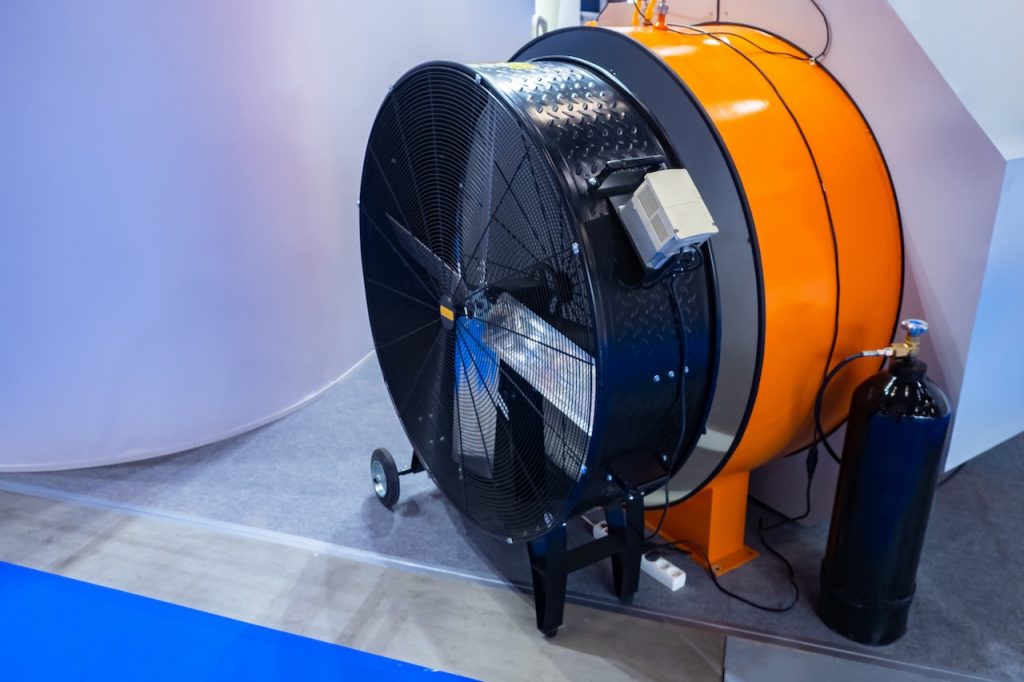
Heat drying is most effective for mold prevention or drying floors and walls in cold or damp environments.
Heat drying is not suitable for every water damage scenario, but it is particularly beneficial in specific situations:
- Cold or Damp Environments: In colder climates or areas with high humidity, natural drying can be prolonged. Heat drying is particularly advantageous here, as it speeds up evaporation despite external conditions. This method is ideal for basements, attics, or outdoor areas exposed to cooler temperatures.
- Quick Mold Prevention: Mold can begin to grow within 24-48 hours of water exposure and can pose health risks if left untreated. Heat drying accelerates the drying process, preventing mold spores from taking root. In spaces that may have limited ventilation or are prone to mold growth, heat drying can make a significant difference.
- Flooded Floors and Walls: Floors and walls affected by severe water damage can absorb a lot of moisture, which may be challenging to remove. Heat drying can penetrate deeply into these materials, evaporating water embedded in porous structures like wood or drywall, making it an ideal solution for these areas.
- Reducing Secondary Water Damage: Secondary water damage, like swelling wood or corroded metal, can be minimized by quickly removing moisture. Since heat drying speeds up evaporation, it reduces the amount of time water is in contact with materials, helping prevent further damage.
Trust PuroClean of Bartlett for Water Damage Restoration
For effective water damage restoration that harnesses the power of heat drying, trust PuroClean of Bartlett. With expertise, advanced equipment, and a focus on safety, PuroClean ensures thorough, efficient restoration that minimizes the impact of water damage on your property. Contact PuroClean of Bartlett today at (630) 823-0424 for a professional assessment and swift recovery process.
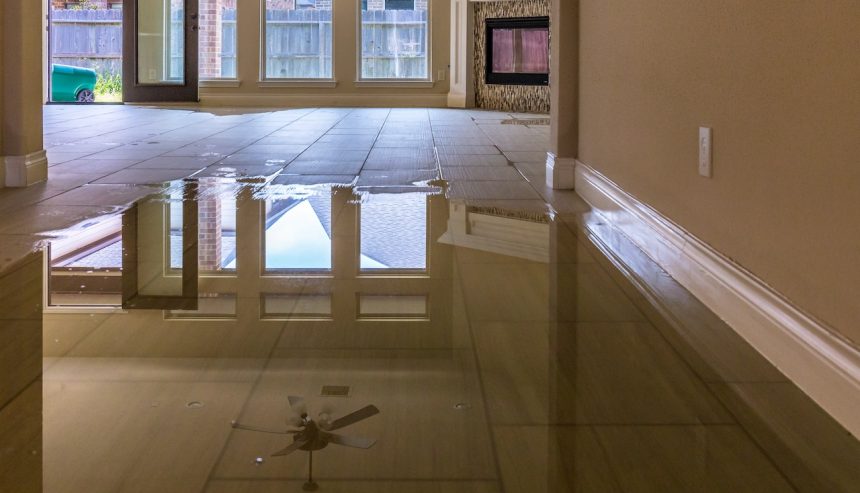
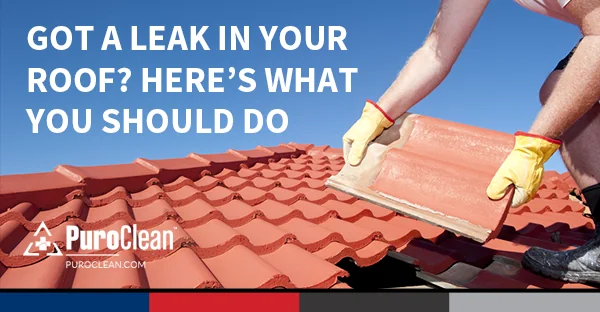
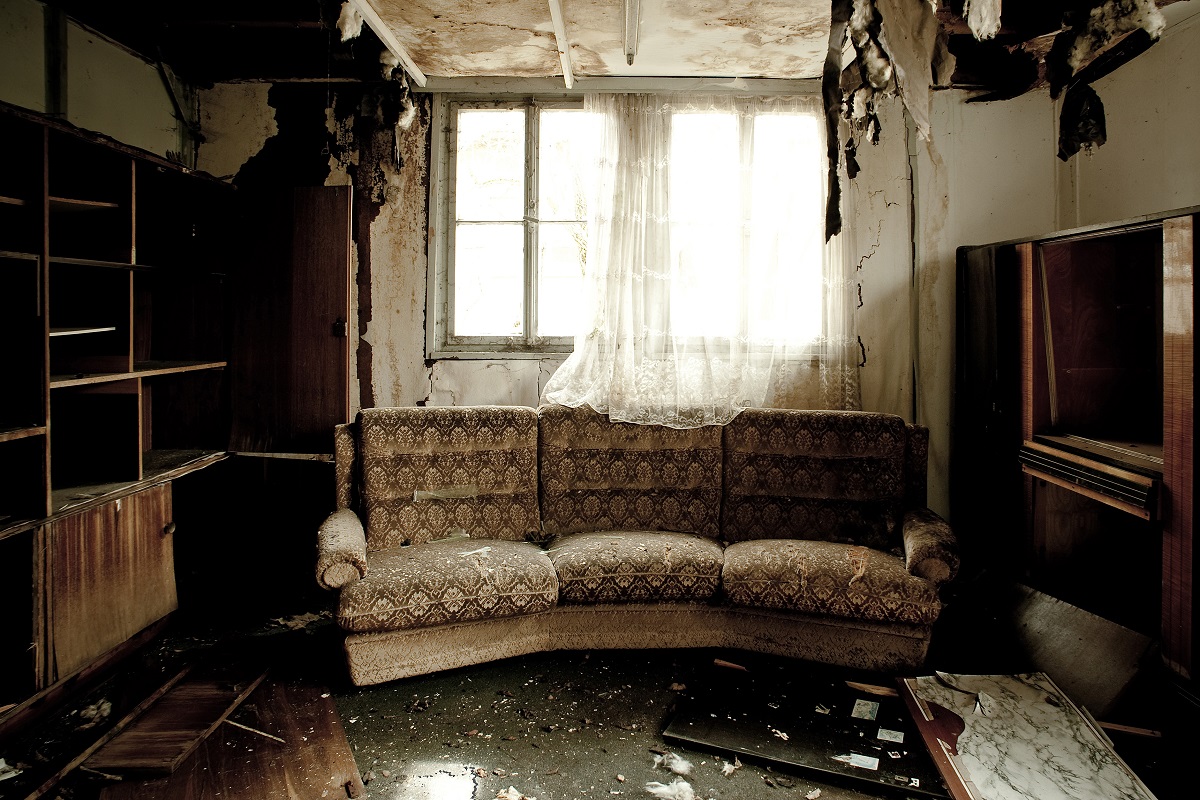

 PuroClean of Bartlett
PuroClean of Bartlett